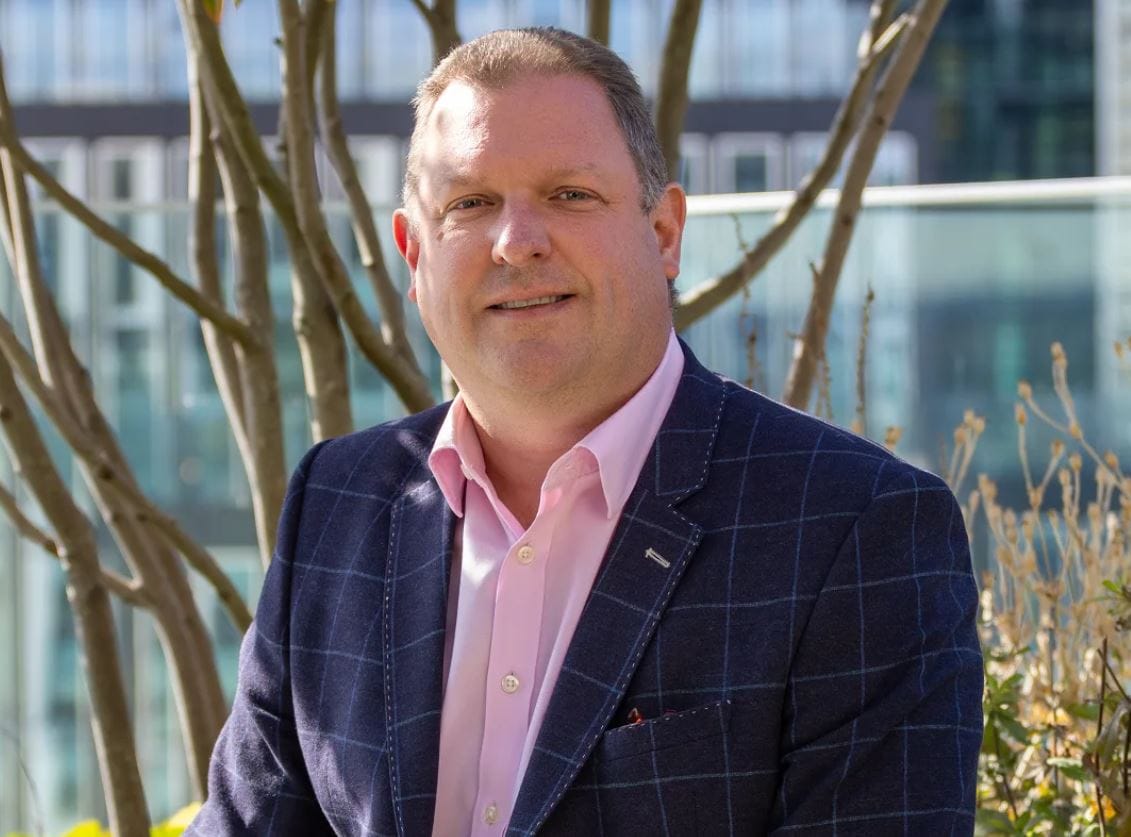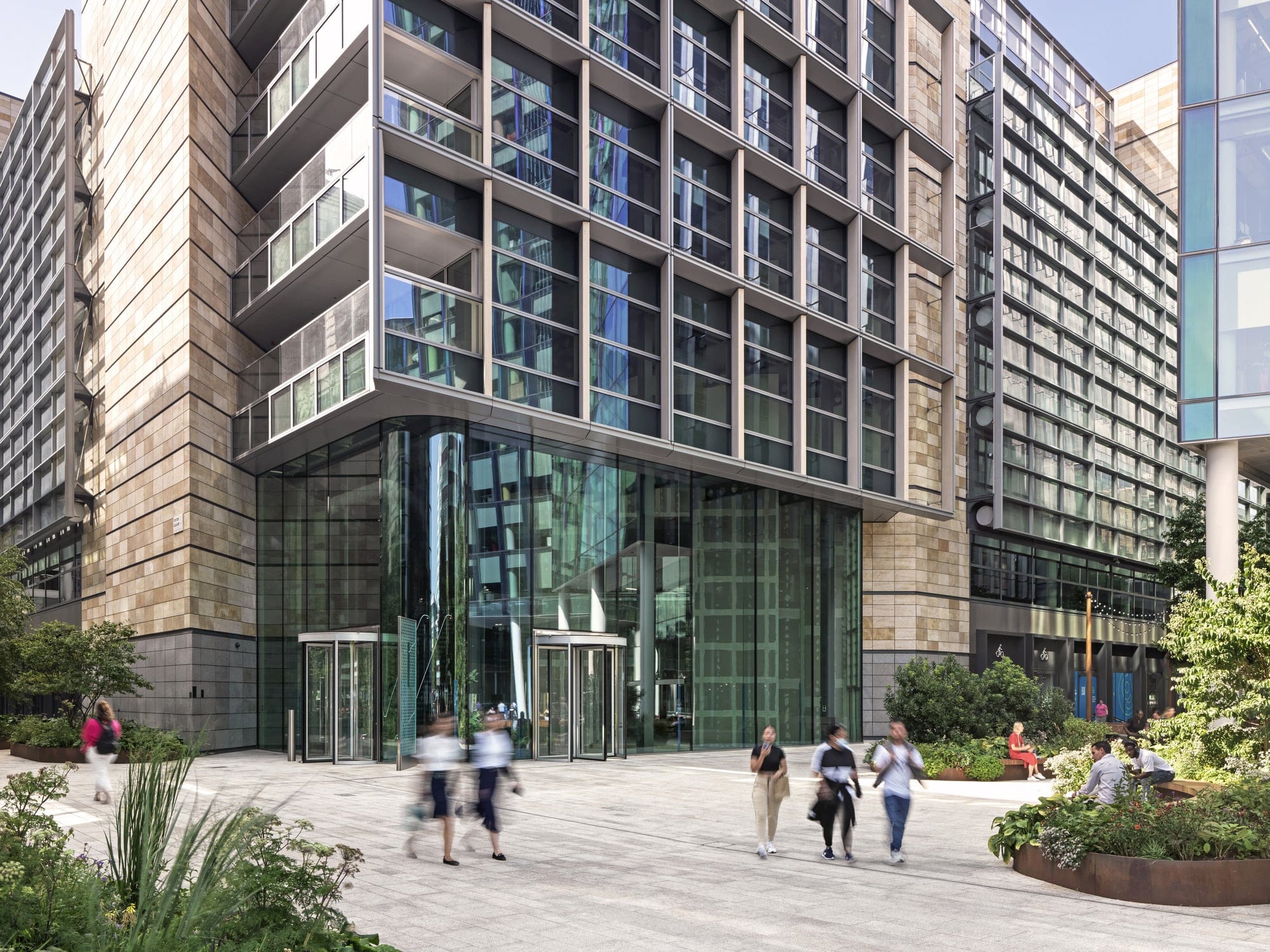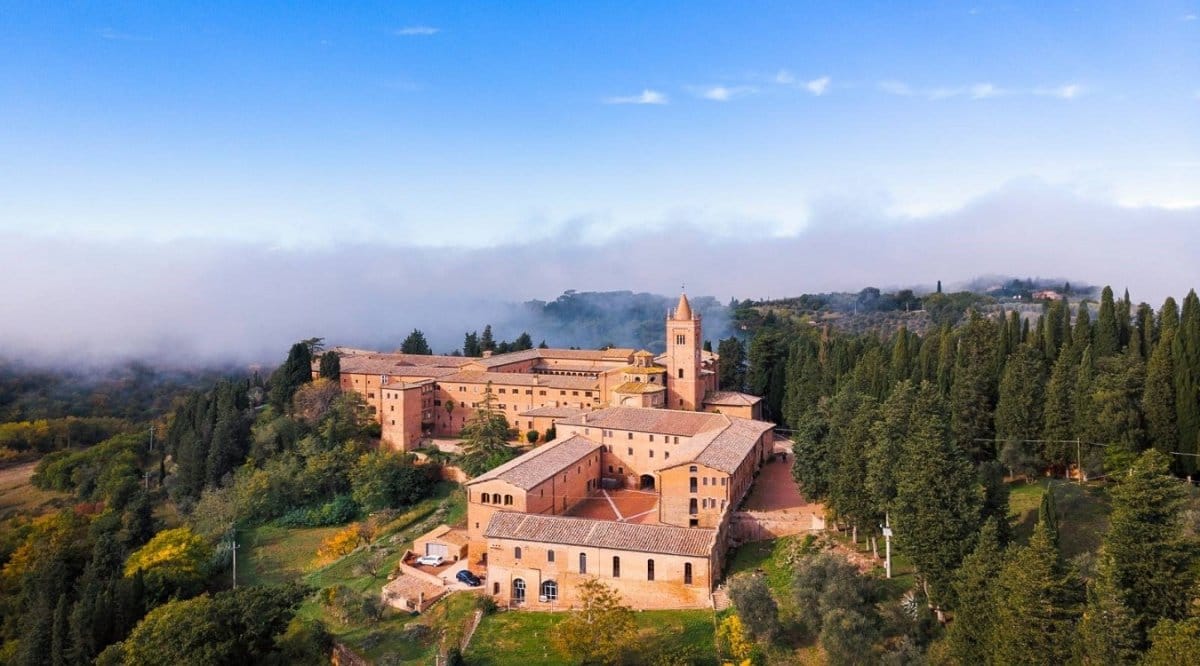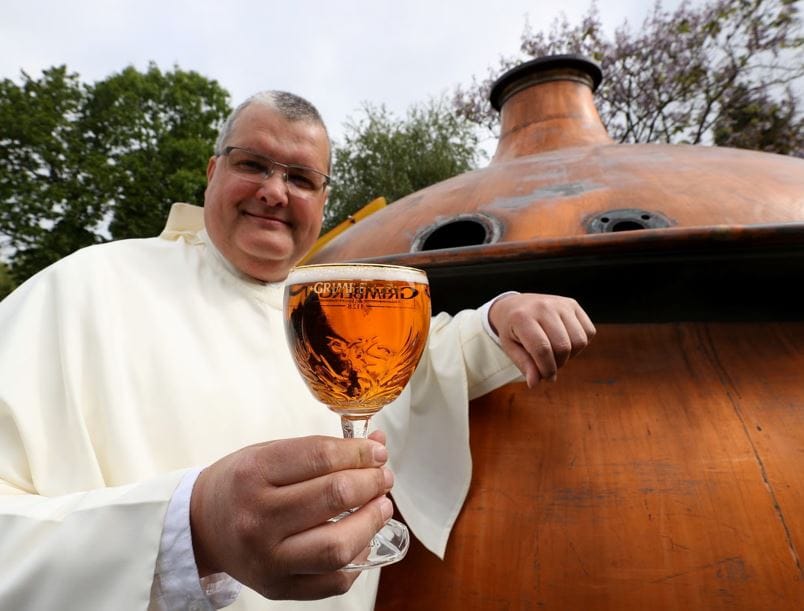This newsletter is presented by Life Sciences & Research Clusters Awards (more details below)
Dear reader,
In this issue, we feature insights from Royal London Asset Management's strategic shift towards the life sciences sector. We analyse what lab tenants seek in different UK regions, spotlight the superior sandwiches in Utrecht Science Park as the first in our new food series, and draw surprising parallels between monastic cloisters and today's research campuses.
✅ Industry voice: Mark Evans of Royal Life Asset Management
✅ Monasteries: how they foreshadowed science parks
🔒 What lab tenants want: we analyse 63 agent listings
🔒 Europe's best science park sandwich: Utrecht leads the way
(🔒 items are for paying members only)
Our signature deal tracker returns on 15 May. Stay tuned!
— Stephen Ryan (connect with me on LinkedIn)
📌 1,091 transactions tracked across Europe
📌 24 countries
📌 €60 billion in total investment value
📌 24 million sq m of real estate
It's also easy to sort, filter and search through it. Access the data
Industry voice: Mark Evans of Royal London Asset Management

Royal London Asset Management (RLAM) is one of the UK's leading fund management companies and part of the Royal London Group, the UK's largest mutual pension and investment provider. The company has £170 billion (€199.5 billion) under management across all asset classes. With £1.5 billion (€1.8 billion) in immediately deployable capital, the company has significantly transformed its investment approach over the past four years, revealed Mark Evans, Head of Property & Commercial Development at RLAM, in a recent interview with Green Street News.
We have transformed rapidly and significantly over the past four years, adapting a more strategic and structured approach and diversifying from traditional sectors to what were once considered "alternatives."
Mark expects the divide between real asset infrastructure and real estate to blur, spurred by the government's agenda on productive assets and renewed emphasis on renewable energy. RLAM considers itself well positioned through its life sciences investments, ownership of 21,000 acres of farmland and otherwise.
We see ourselves as a large LP willing to work with like-minded capital sources. For joint ventures, we seek institutional investors with aligned interests, offering flexible partnership structures while ensuring alignment through significant capital deployment of our own. Last year British Land agreed to sell a 50 per cent stake in its 1 Triton Square development to RLAM for £192.5 million (€225.9 million), valuing the scheme at £385 million (€451.8 million).
The two companies have formed a joint venture to transform the Regent’s Place scheme into a life sciences and innovation hub. The partnership envisages a mix of fitted and lab-enabled space as well as serviced workspace at the lower levels, plus offices on the upper floors.

Presented by Life Sciences & Research Clusters Conference & Awards:

Join the Life Sciences & Research Clusters Conference & Awards, taking place on 24 June at the Hilton Bankside in London, and dive deep into the latest trends and innovations shaping the future of lab spaces and technology real estate. Book now!
Monasteries: how medieval cloisters anticipated modern research parks

When walking through a modern life sciences campus, you might not immediately think of monks—but perhaps you should. The carefully designed research parks of today share surprising similarities with the monasteries that once served as Europe's intellectual centres.
Medieval monasteries were built around cloisters—covered walkways surrounding tranquil courtyard gardens where monks could think and discuss ideas away from worldly distractions. Today's life sciences campuses follow a similar pattern, with buildings arranged around central green spaces designed for collaborative thinking.
From scriptoria to laboratories

Monasteries housed scriptoria, specialised rooms where monks meticulously copied manuscripts. These early "laboratories" required specific conditions: good light, proper ventilation, and specialised equipment.
Like today's modular wet labs, scriptoria were purpose-built for their knowledge-creating function. Modern research facilities with their carefully calibrated environments are spiritual descendants of these medieval knowledge factories.
Monasteries organised themselves around a shared mission, with different members bringing specialised skills—scholars, gardeners, brewers, and healers.
Today's research parks similarly bring together complementary specialists: investigators, lab technicians, startup founders, and venture capitalists—a secular priesthood dedicated to advancing knowledge and commercialising discoveries.
From refectories to cafeterias (and fermentation labs)
The monastic refectory was where monks broke bread together, often while listening to scholarly readings—an early version of lunch-and-learn sessions. Today's campus cafeterias serve as crucial mixing chambers where ideas flow as freely as coffee.
And let's not forget that Belgian Trappist monks perfected fermentation processes centuries before biotech made it cool. The white-coated scientists developing cell cultures in today's bioreactors are unwittingly following protocols first established by brewing monks. Perhaps we shouldn't be surprised that Belgium has become both a brewing and biotech powerhouse.

The next time you visit a life sciences campus with its thoughtfully designed spaces, remember—you're walking through the modern equivalent of those medieval centres of learning, where today's monks of science continue the ancient tradition of pushing knowledge forward, one experiment at a time.
🔜 Next week's article will explore the real estate portfolios of medtech companies.
